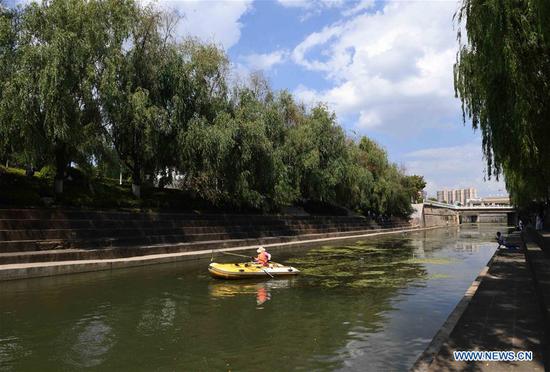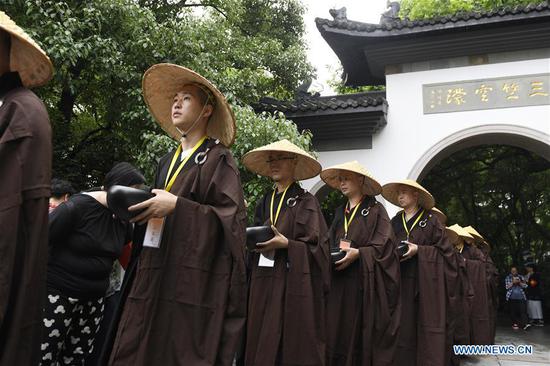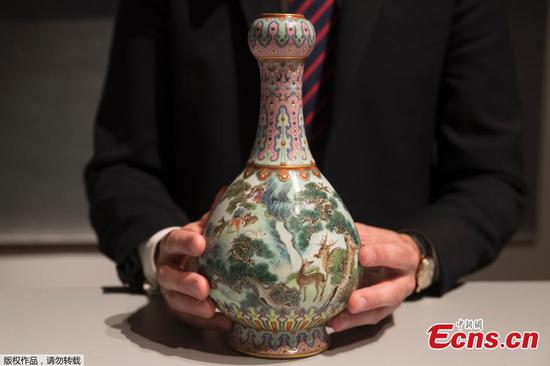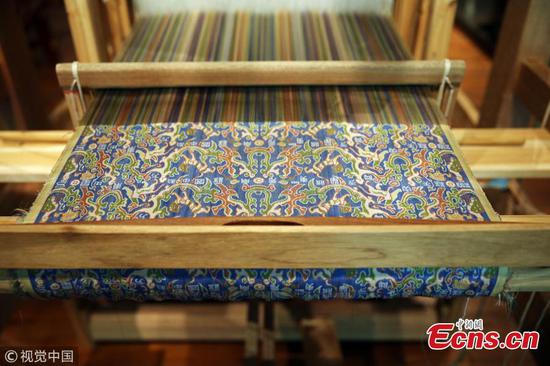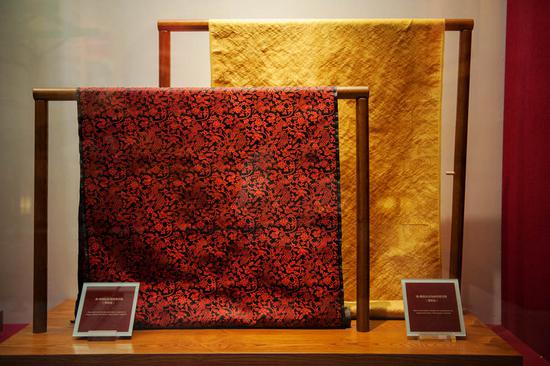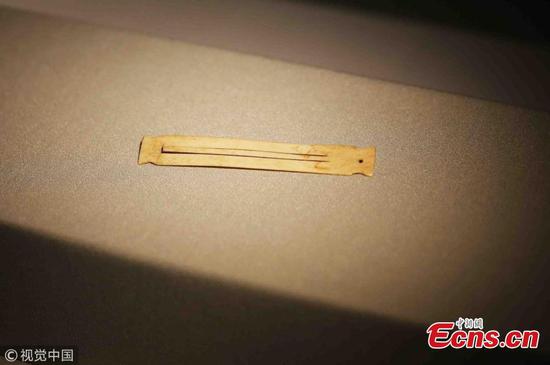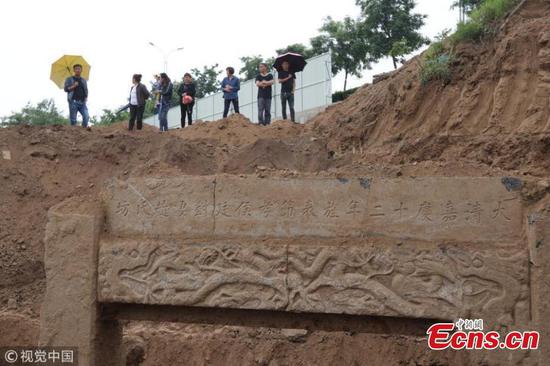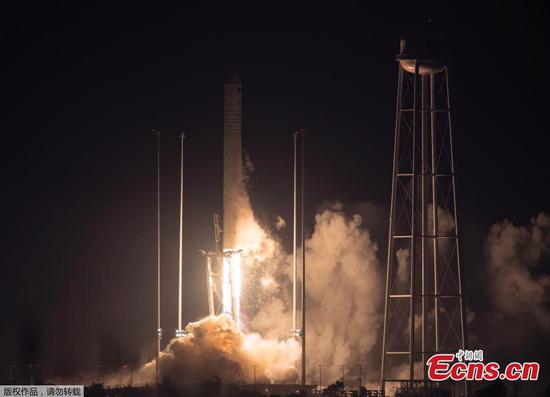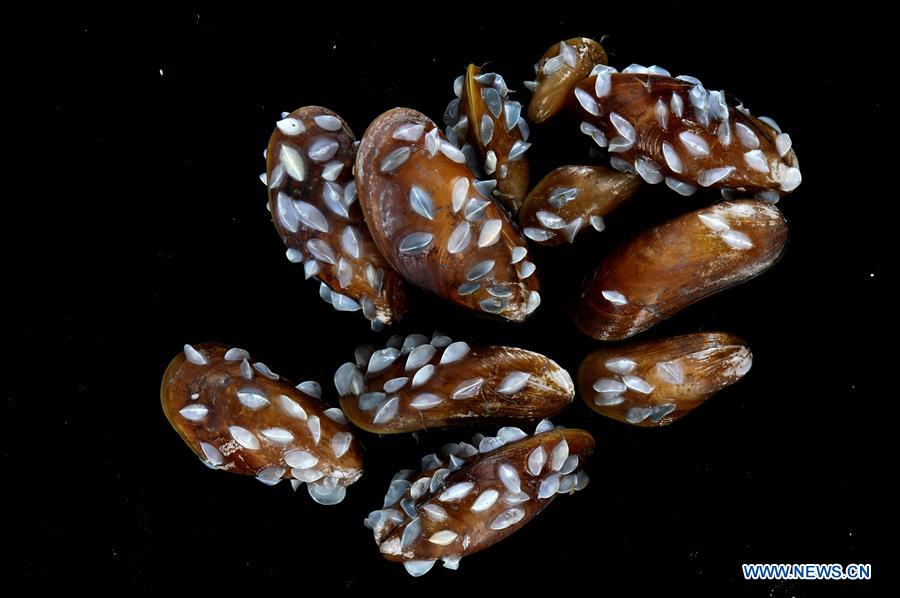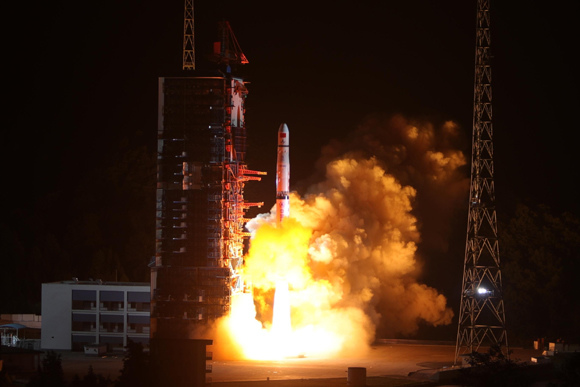Scientists have found for the first time an astroid that came from elsewhere in the universe but permanently lives within our solar system.
This exo-asteroid, named 2015 BZ509, caught the scientists' attention by its bizarre orbit. Unlike all the other planets, which orbit the Sun by moving in the same direction, the asteroid moves the opposite way in a retrograde orbit.
To figure this out, the research team ran simulations back to the birth of our Solar system, 4.5 billion years ago. The result showed that the astroid has always moved in this way, and so could not have been there originally and must have been captured from another system.
"If 2015 BZ509 were a native of our system, it should have had the same original direction as all of the other planets and asteroids, inherited from the cloud of gas and dust that formed them," lead author of the study Dr Fathi Namouni told UK-based Royal Astronomical Society, where his study was published.
But how did the alien rock arrive here?
Dr Helena Morais, the other member of the team explained that asteroid immigration occurs because the Sun initially formed in a tightly-packed star cluster, where every star had its own system of plants and asteroids.
"The close proximity of the stars, aided by the gravitational forces of the planets, help these systems attract, remove and capture asteroids from one another," she said.
BZ 509 is the second alien asteroid found in our solar system. The first one, called "Oumuamua," caused a stir when it was found in 2017. But Oumuamua was only a visitor, it just briefly flew across the solar system, and would eventually leave.
The discovery of the first permanent astroid immigrant in the solar system has important implications for the open problems of planet formation, solar system evolution, and possibly the origin of life itself, according to the study.














